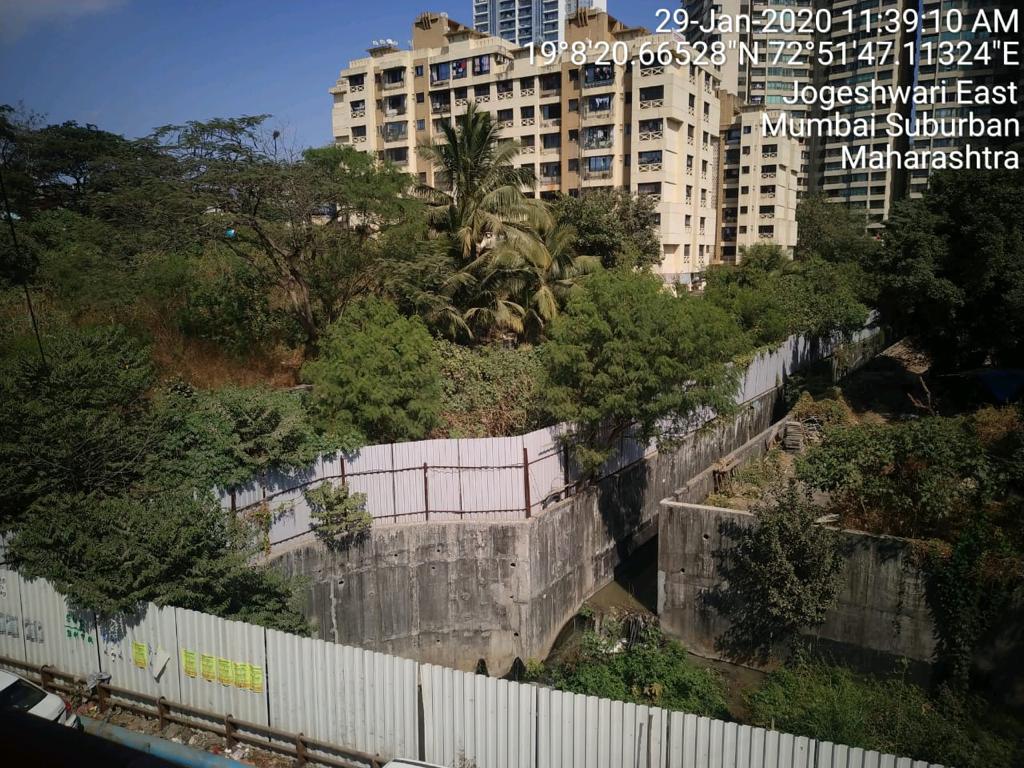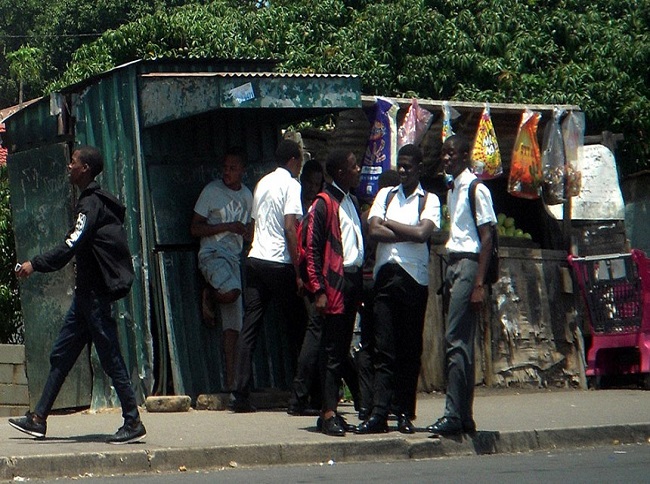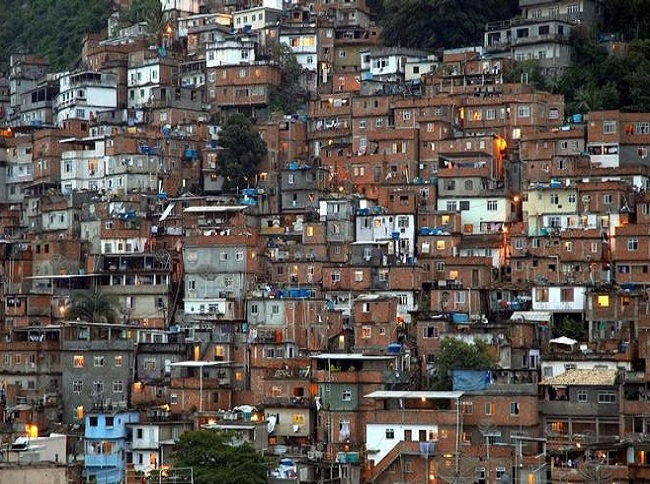People, Places & Infrastructure: Countering Urban Violence and Promoting Social Justice in Mumbai, Durban & Rio De Janeiro
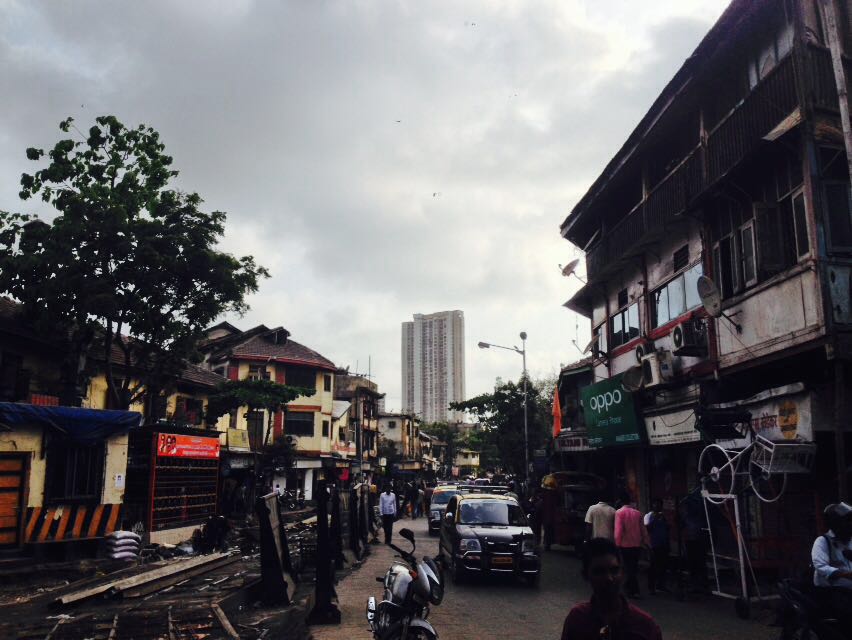
Year : 2013-2016
Research Institute: Centre for Urban Policy and Governance (CUPG), Tata Institute of Social Sciences, Mumbai
Located on the west coast of India, Mumbai evolved from a colonial port city to an important industrial and megacity post-independence. Building itself on an economy of manufacturing and trade, the city was known for a socially inclusive fabric, generating several livelihood and housing opportunities for migrants and poor groups. Post economic liberalization in India, Mumbai has experienced flows of global capital and local political economic shifts resulting in several socio-spatial transformations. In the recent past, urban mega projects such as roads, flyovers, business districts have created geographies of high value and connectivity driven by the logic of capitalism and the race of building ‘world class’ cities while simultaneously dispossessing and displacing its poorest residents to the peripheries. A series of communal riots and terrorist attacks have further torn apart the urban fabric. Today, the state plays a substantial role in steering and advancing urban development projects even as addressing inequalities, exclusion and social welfare have fallen off the state agenda.
It is against this backdrop that a city profile and the following four case studies have set out to articulate the nature of violence and social- spatial injustice that are ingrained in such processes. Conducted at multiples scales, at a meso level, the studies examine the area through its relationship with the city/state and its transformation, and at a micro level they understand narratives of place-making, resistance, violence, agency and negotiations. Together, they help unravel the heterogeneity and differentiation in the experience and conceptualisation of violence and injustice.
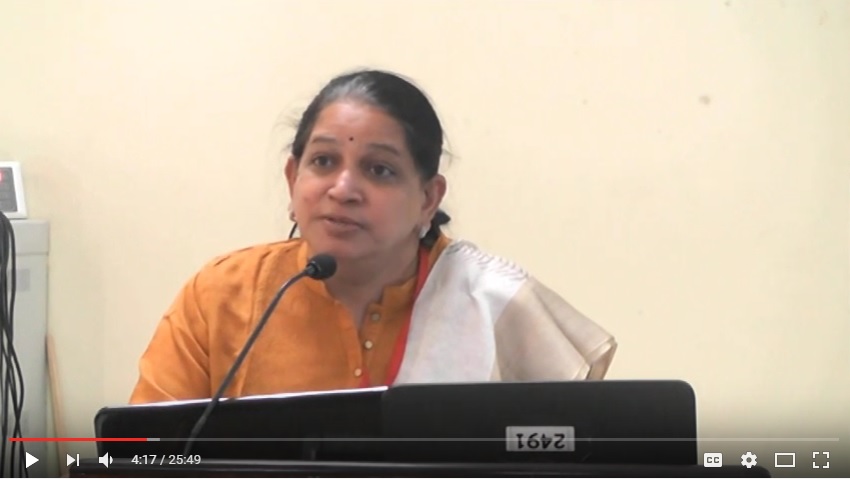
Watch Dr Amita Bhide, Dean, School of Habitat Studies, TISS, introduce the project at the international conference titled ‘Rethinking Cities in the Global South‘
CITY PROFILE
The City Produced: Urban Development, Violence and Spatial Justice in Mumbai
By Amita Bhide, CUPG
Set against the historical backdrop of the city under various regimes- the colonial, the post-independence, and the contemporary- ‘The City Produced: Urban Development, Violence and Spatial Justice in Mumbai’ traces the changing trajectories of poverty, inequality, violence, and peace. The book was released in September 2014.
CASE STUDIES
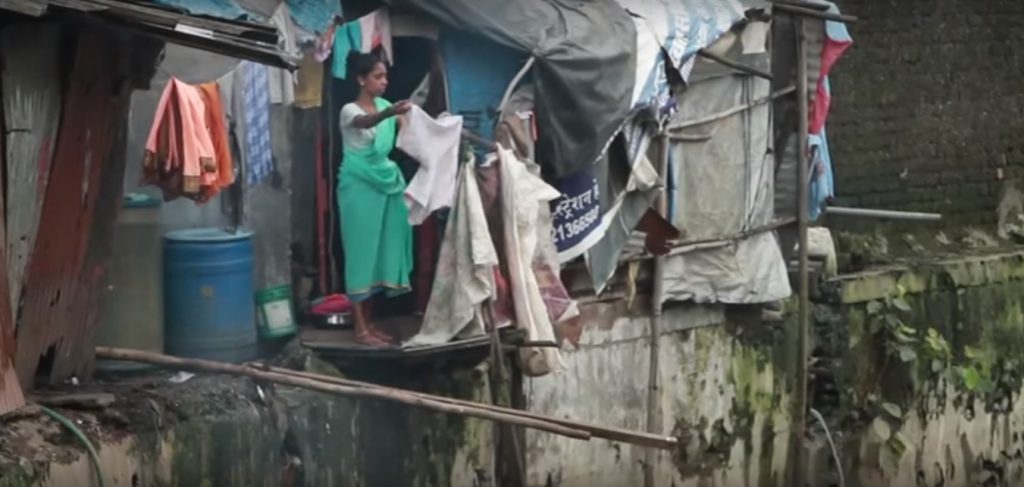
Transforming the Slum through creation of Property Market: A Case Study of M-ward in Mumbai
Amita Bhide and Durgesh Solanki, CUPG
M-ward occupies a de-facto periphery on the eastern waterfront of Mumbai which has been the location of several undesirable activities such as the city-dumping ground, abattoir and polluting industries like oil, nuclear and chemical. From the 1970s, the ward has been the resettlement location for slum communities evicted from the city in what was deemed as a planned endeavour, but in reality revealed itself as a mere physical dislocation of communities, leaving them to live with scant amenities. In the 1990s, while the slum was very much an anomaly, the state showed greater tolerance to it. However, in the 2000’s, the state entered the ward in a big way especially through resettlement schemes. With its direct incentive offered as increased Floor Space Indices (FSI) through the Transfer of Developmental Rights (TDR), redevelopment had several takers and as of 2005, almost 64% of all slum TDR generated throughout Mumbai city was from the ward. This case study argues that the recent redevelopment regime is an attempt to colonise the slum which is being challenged by few initiatives by slum inhabitants who have a different view of the city.
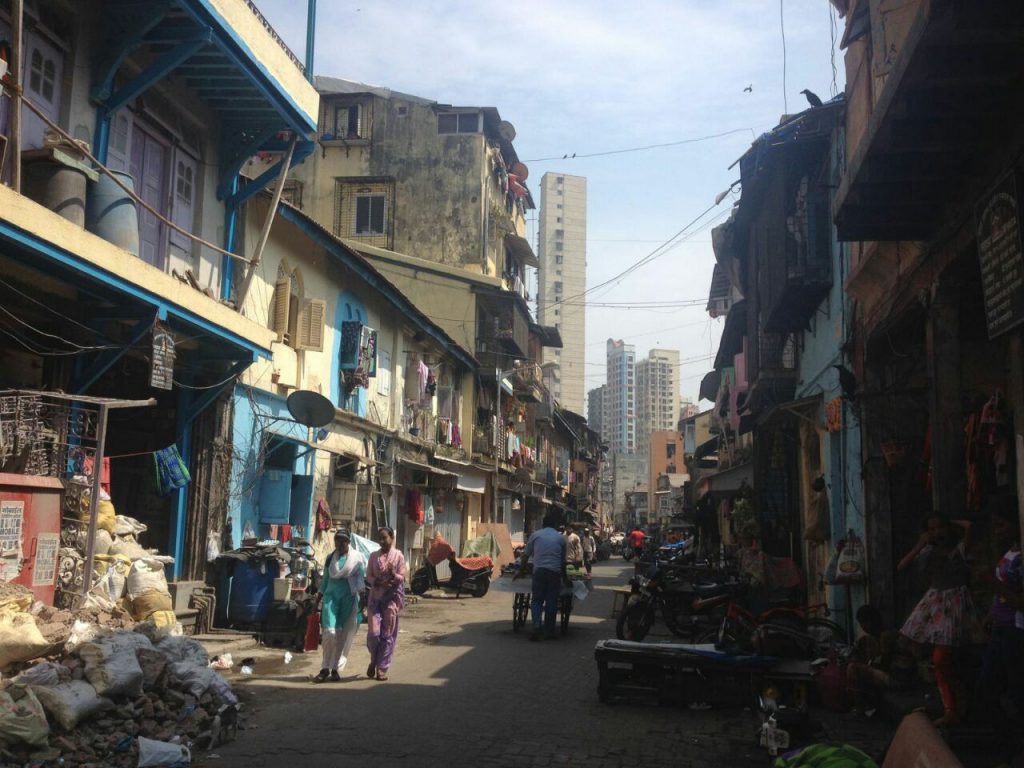
Changes, Continuities, Contestations: Tracing the contours of the Kamathipura’s precarious durability through livelihood practices and redevelopment efforts
By Ratoola Kundu and Shivani Satija, CUPG
This case examines the precarious durability of a historic and centrally located neighbourhood, Kamathipura amidst a radically transforming Mumbai. Established in the British colonial era as a “tolerated zone” for sex work and as a neighbourhood for housing marginalised Kamathis, or migrant construction workers, and lower caste sanitation department workers, Kamathipura continues to house and provide livelihoods for several marginalised urban populations, including commercial sex workers in extremely dilapidated buildings. Today, Kamathipura poses a paradox – though areas around the neighbourhood are undergoing rapid and large scale redevelopment into high rise apartments, Kamathipura remains outwardly unchanged and continues to be stigmatised, and treated as the margins of social, moral, economic and political life of the city. In the meanwhile, several concerted attempts by the state and the market (and in recent times by community groups within the neighbourhood) to systematically redevelop Kamathipura have failed miserably.
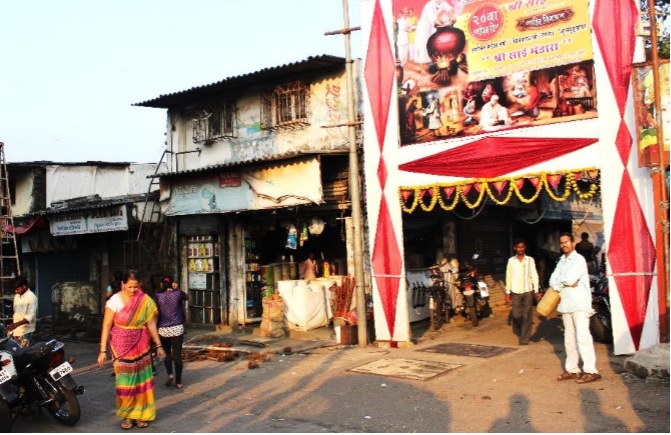
Trajectories of place: the JVLR effect
By Himanshu Burte and Shruthi Parthasarathy, CUPG
What happens to place when a new space is produced? Taking Henri Lefebvre’s theses in The Production of Space as a point of departure, this case study examines the fate of place in the wake of the construction and more specifically, the widening of Jogeshwari-Vikhroli Link Road a little over a decade ago, in Mumbai. By engaging the literature on place, it elaborates upon ‘informal placemaking’ in slums; the disruptions of everyday space and life caused by road infrastructure; and the stiff challenges of making a viable place out of the inhospitable socio-spatial fabric of housing.
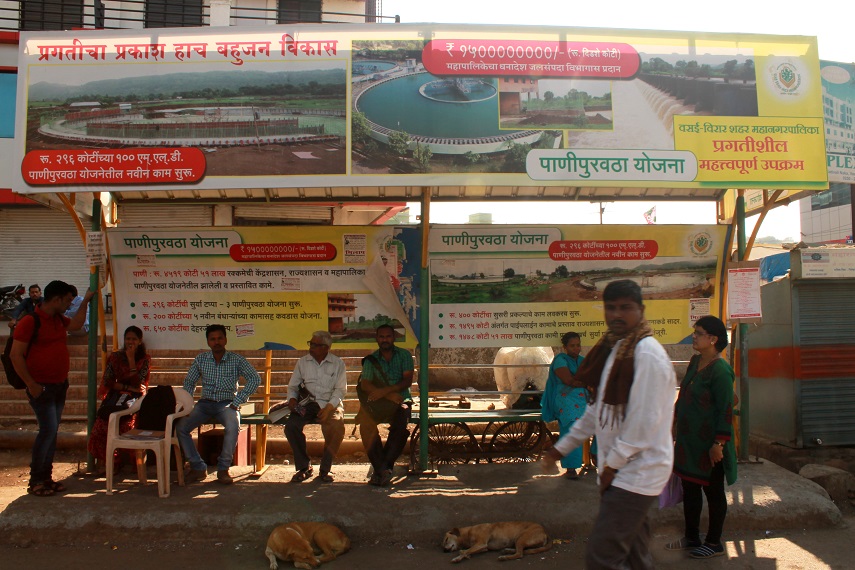
City Building and New Modes of Politics and Planning in the Periphery of Mumbai
By Lalitha Kamath and Radhika Raj, CUPG
This case studies the nature, drivers and consequences of socio-spatial transformation that the emerging city of Vasai-Virar has undergone since the 1970s, when it was carved out as a sub-region, to the formation of the Vasai-Virar Municipal Corporation in 2009, that has consolidated its construction as an emerging ‘world class’, cosmopolitan city. The research reveals that this urbanization has been the motor of accumulation for a regime of rule that is driven by a configuration of informal sovereigns with close ties to wielders of power within the state government. Through its control of the municipal corporation, land use planning and a new imagination for Vasai-Virar, the regime has gained control over this fast-growing region. Over the years, this nature of rule has contributed not only to the creation of a larger identification with ‘the city’ that had not earlier existed but also fashioned it as a variegated, spatially, socially and infrastructurally unequal landscape that is characterized by high levels of aspiration, violence and informality.
Download Report

Social to Spatial and Back Again: The Research Experience of Mapping Mumbai’s Transformation
By Himanshu Burte and Nisha Kundar, CUPG
The report uses mapping as a method and a tool to highlight the spatial characteristics of each case especially the extent of the field; its historical evolution; social, political and economic structure, and the actual socio-spatial transformations. The report, through an in-depth spatial exploration of the four areas, argues for the need of to integrateing spatial mapping more effectively in future urban research, teaching, and advocacy.
POLICY BRIEF
Mumbai in Redevelopment Mode: Implications for Violence and Justice
By Amita Bhide and Radhika Raj, CUPG
The report outlines an urgent need for the state and stakeholders to reconsider the redevelopment policies as they are practiced and promoted today by revealing how the schemes have restructured the geography of the city, enhanced conflicts over space and produced ghetto-like spaces for marginalised groups.
Funder: The International Development Research Centre Year: 2016




